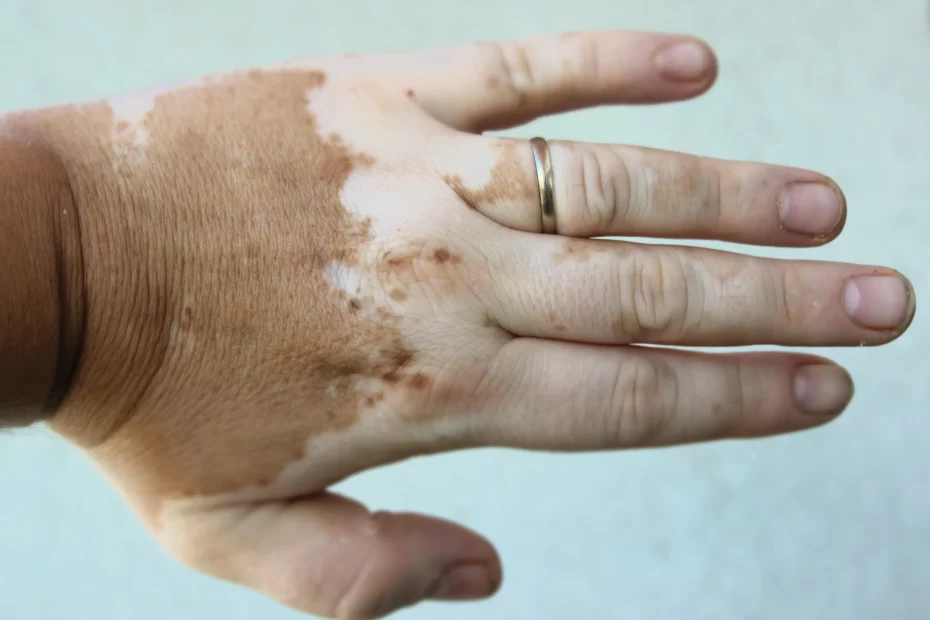Vitiligo, a skin condition characterized by the loss of pigment, can significantly impact an individual’s self-esteem. While many turn to treatments for managing this condition, daily makeup can be a powerful tool for individuals to feel more confident and comfortable in their skin. In this blog post, we will explore the basics of vitiligo, treatment options available, and how daily makeup can make a positive impact in the lives of those affected. Let’s delve into the world of vitiligo and discover the potential of daily makeup as a supportive strategy.
Understanding Vitiligo
Vitiligo is a long-term skin condition characterized by the loss of pigment in the skin, resulting in white patches. The condition occurs when the melanocytes, the cells responsible for producing skin pigment, are destroyed. While the cause of vitiligo is not fully understood, it is believed to be related to autoimmune, genetic, and environmental factors.
Daily Makeup and Vitiligo
- Camouflaging: Daily makeup can be a helpful tool for individuals with vitiligo to hide depigmented areas and even out skin tone.
- Coverage: Foundations, concealers, and color correctors can provide effective coverage and help individuals feel more confident in their appearance.
- Skin Care: It is important to choose makeup products that are gentle on the skin to avoid irritation or further pigment loss. Opt for non-comedogenic and hypoallergenic options.
With the right daily makeup routine and products, individuals with vitiligo can effectively manage the visible effects of the condition and enhance their self-esteem.
Treatment Options for Vitiligo
When it comes to managing vitiligo, there are several treatment options available. While these treatments may not cure the condition, they can help to improve the appearance of the affected skin areas. Some of the treatment options for vitiligo include:
Topical Corticosteroids: These are commonly used to help repigment the skin.
Topical Immunomodulators: Daily Makeup that can help to reduce inflammation and encourage repigmentation.
Phototherapy: This treatment involves exposing the skin to ultraviolet light, either alone or after taking a drug that makes the skin more sensitive to light.
Depigmentation: In cases where vitiligo is widespread, depigmenting the remaining skin to match the affected areas may be an option.
Surgical Options: Procedures like skin grafting, micropigmentation, and blister grafting can be considered for those with stable vitiligo.
Remember to consult with a dermatologist to find the best treatment plan for your individual case of vitiligo.
